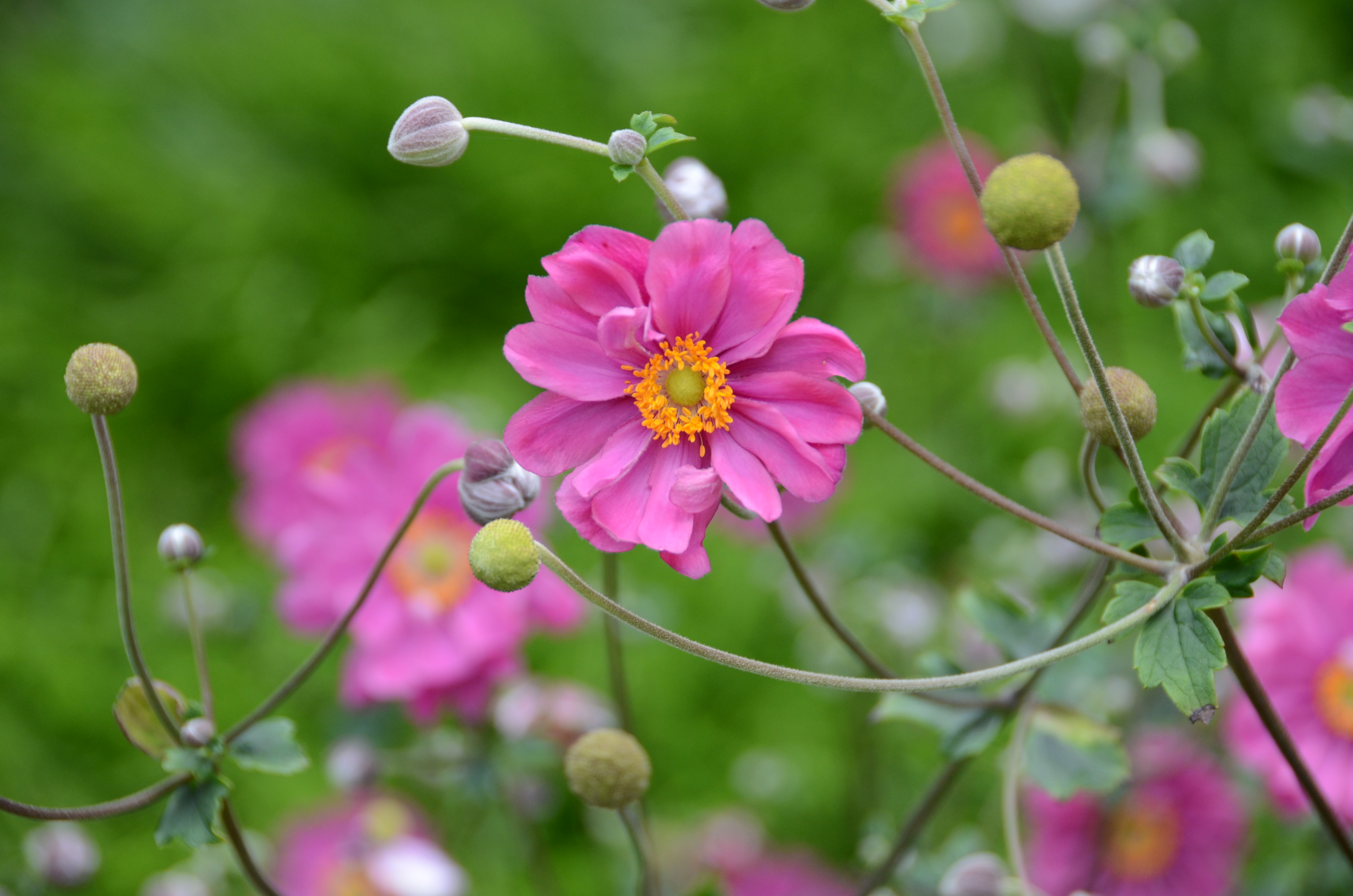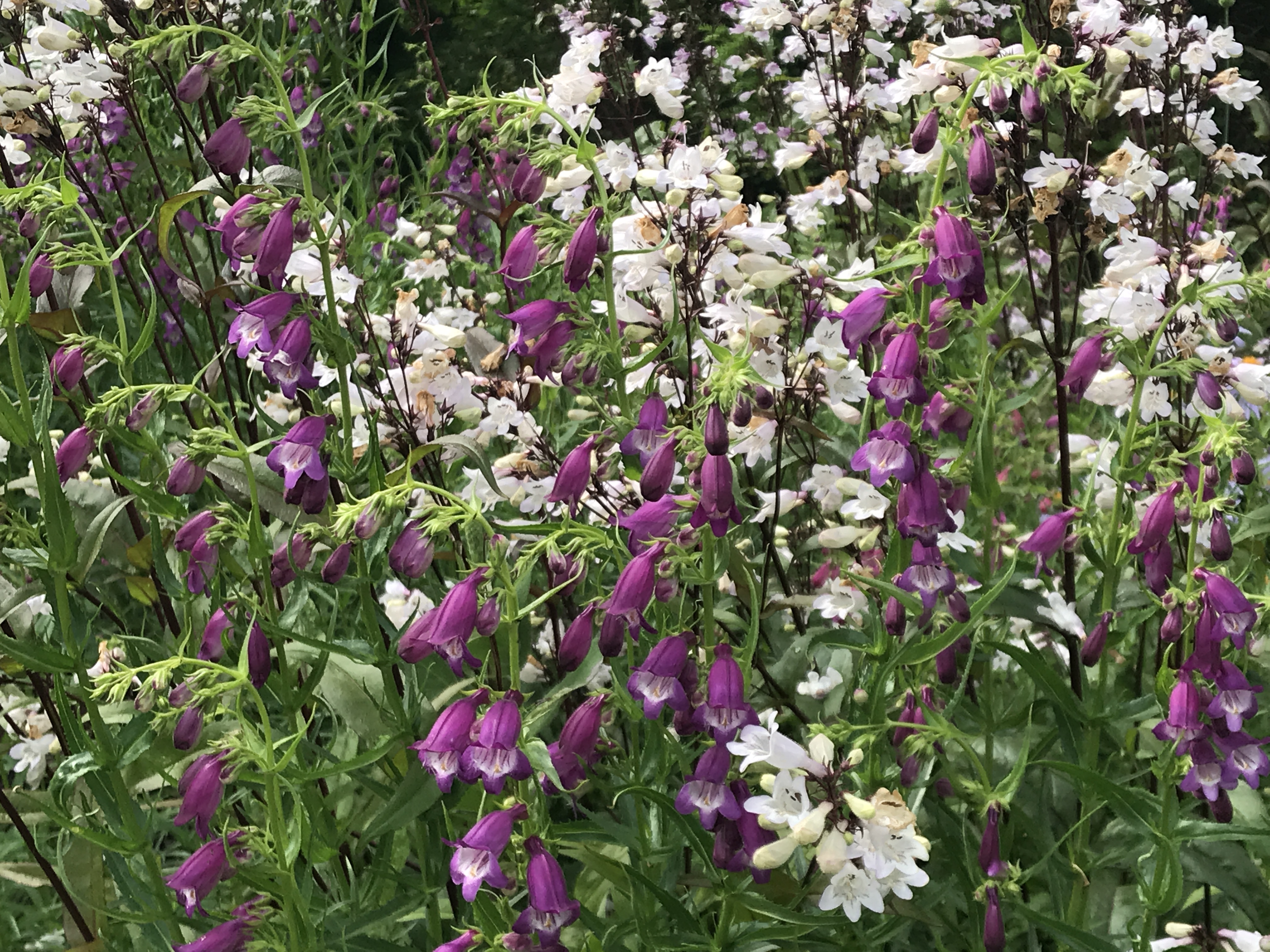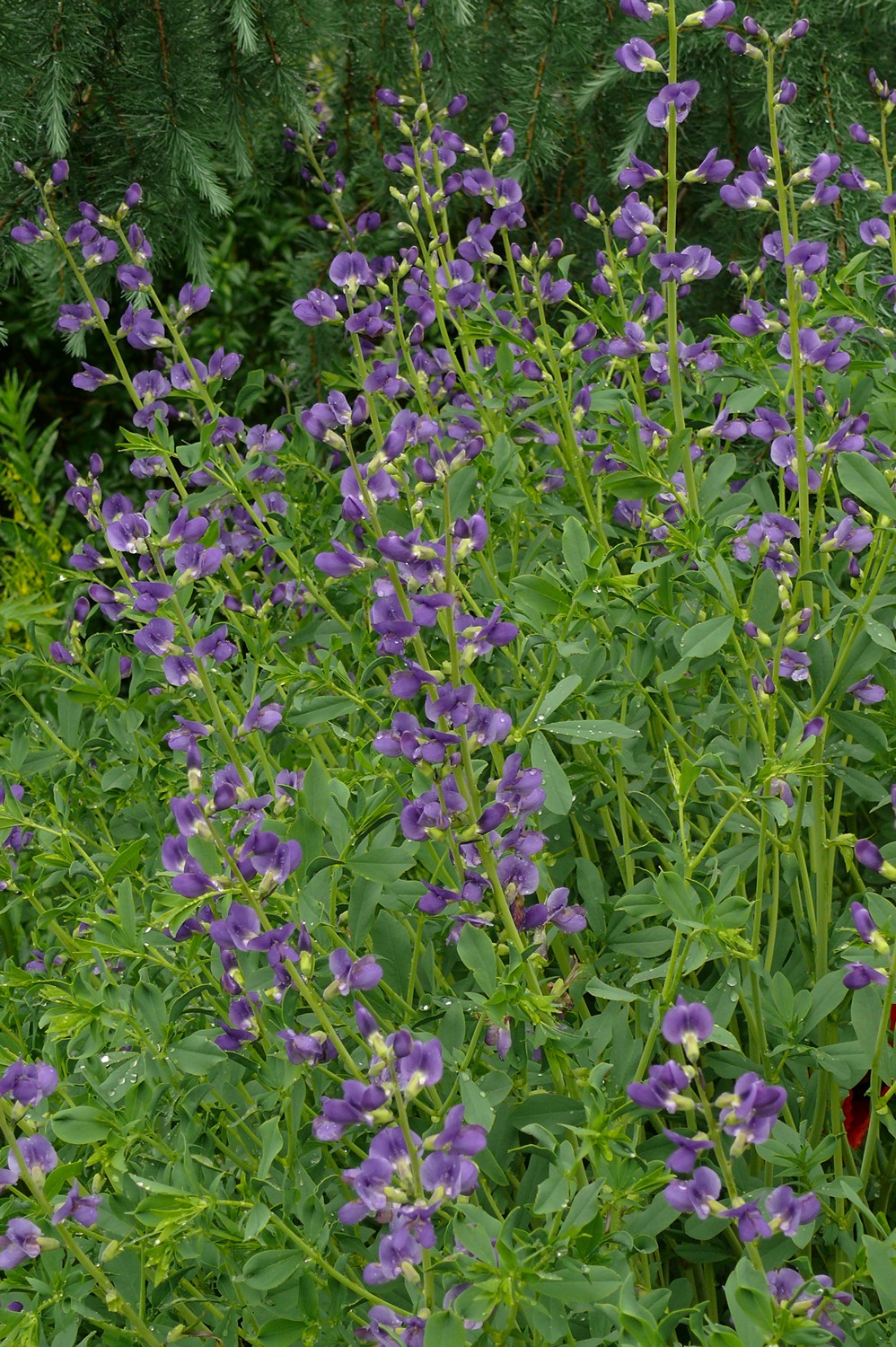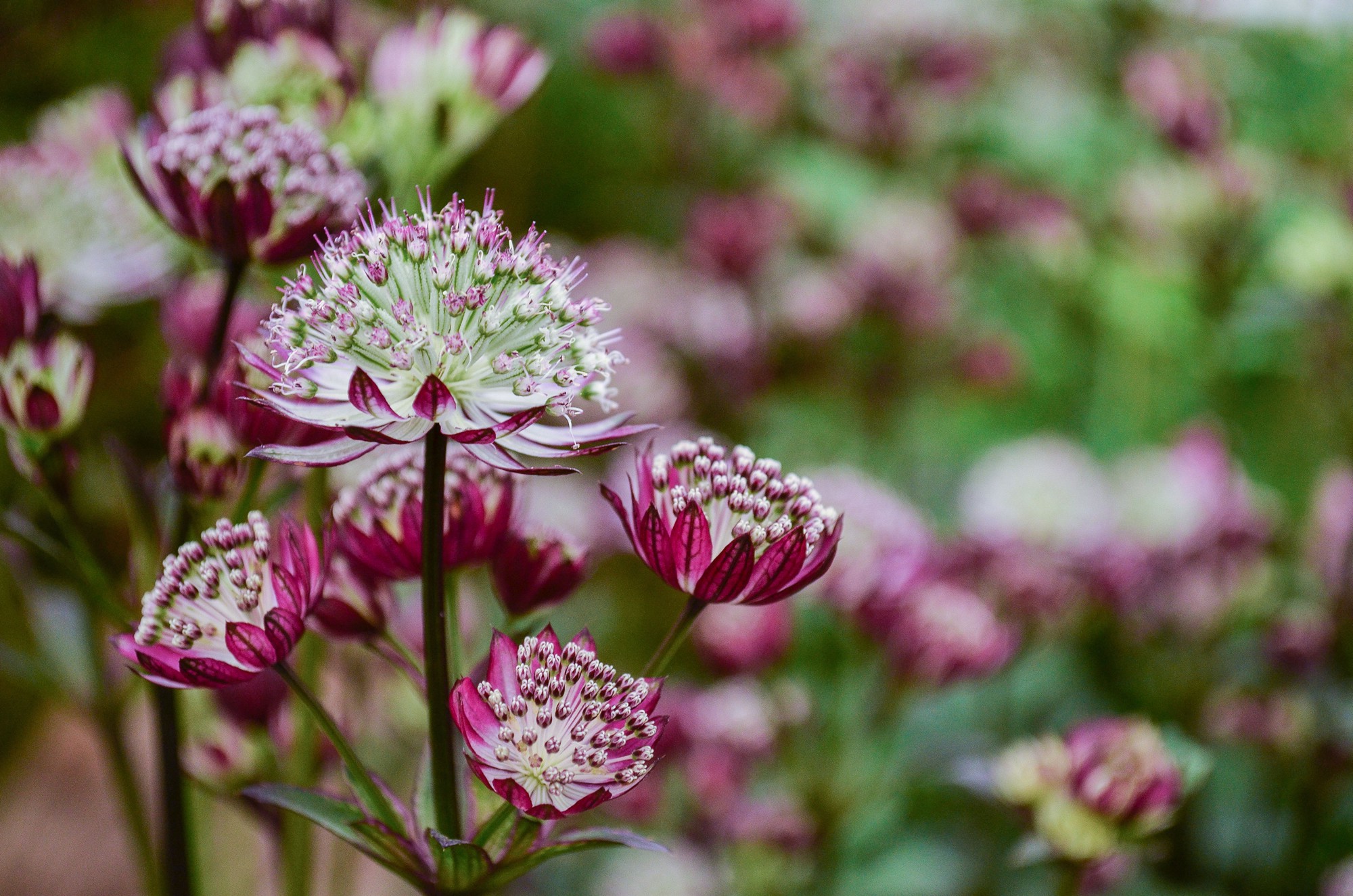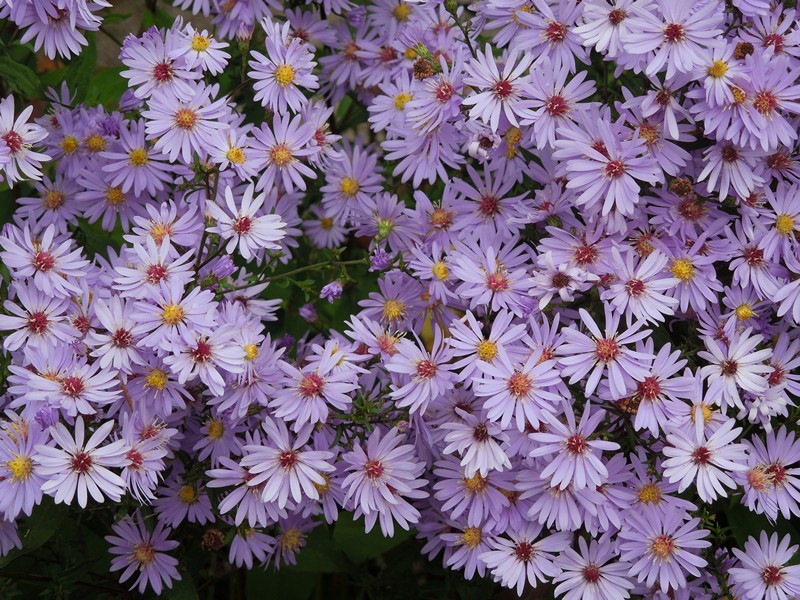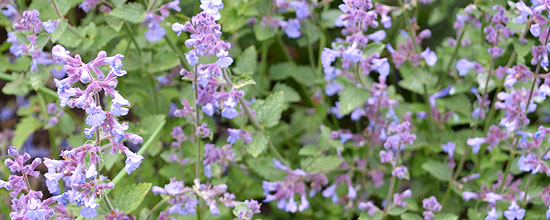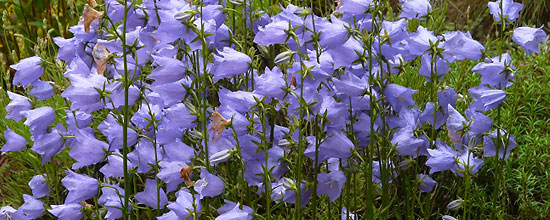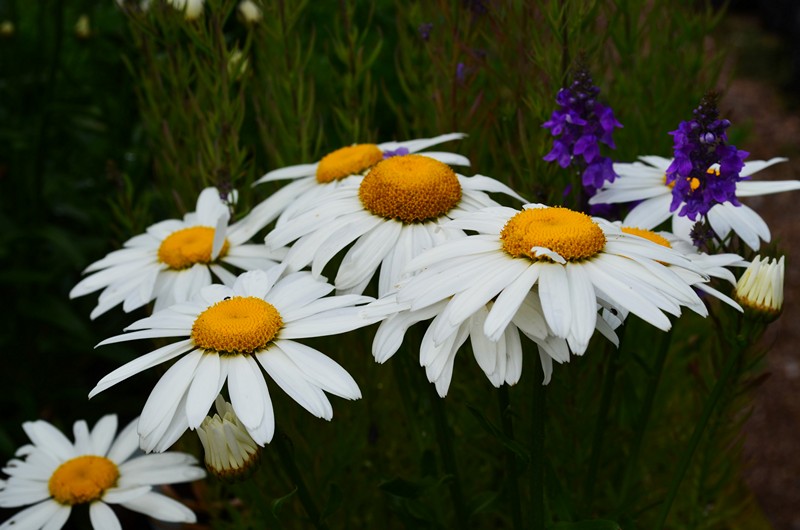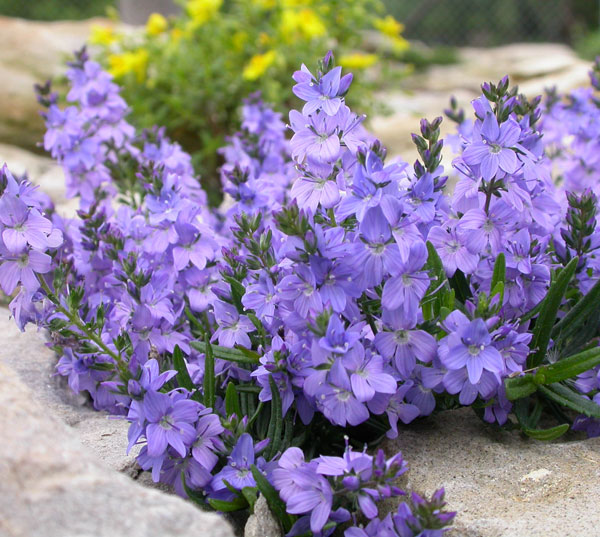Today, the increasing popularity of plants with decorative leaves. In addition to familiar bohyšek (Cough) one of the most desired alum root and further their related plants of the family lomikamenovitých, Saxifragaceae.
alum root (Heuchera) belongs to a species with us a long time well-known, In the past, however, in our gardens grown almost exclusively types and varieties of ornamental flowers, whose red and pink soukvětí was popular in the furrows and to cut. Also, in a world dominated by this group until the second period 20. century. The most commonly cultivated species have been Heuchera × brizoides, which was created by crossing H. americana a H. sanguinea (Sometimes here also include hybrids with outcrosses H. micrantha). Z této skupiny patří k nejznámějším odrůdy 'Feuerrregen', 'Weserlachs', 'Titania' and last but not least our older, ale světoznámá 'Pruhoniciana'. Red and pink hybrids lent alum root bloody, H. sanguinea, with flowers in rich panicle. Another two important species – American alum root (H. americana) a dlužicha drobnokvětá (H. micrantha), flowers are greenish flowers and strikingly colored leaves.
In 80-ies 20. century appeared the first varieties of ornamental leaf, the famously popular among today 'Palace Purple' with dark purple leaves. In this period the breeding moves from Europe, which was most varieties Heuchera × brizoides, to North America, whence derives almost all 30 species owes. Interest breeders concentrated on leaves, crossing were used as other kinds owes. The number of varieties range in recent years has multiplied, Currently many hundreds.
Rod mitrovnička, tiarela (Tiarella) dlužichám is closely related, Most species also comes from North America. From the botanical species are best known mitrovnička srdcolistá, Tiarella cordifolia a Tiarella wherryi, from which most of today's varieties. Tiarel varieties have interesting leaves, often with striking artwork and deep lobes, Equally interesting is the time of flowering.
The crossing of species and varieties of the genera Heuchera a Tiarella created the first hybrid varieties of inter-x Heucherella, which properties between the above two genera. Under the name × Heucherella alba Hybrids are known Heuchera × brizoides a Tiarella wherryi, crossing Heuchera × brizoides a Tiarella cordifolia was × Heucherella tiarelloides. Most varieties of both groups is interesting foliage and flowers.
For further příbuzého family subscribe from the same family is grown only Tellima grandiflora, also coming from North America.
alum root belongs, As regards the right habitat and cultivation, the less demanding plants. Although withstand the sun (particularly if it is derived from a variety of species originating from the drier rocky sites), they thrive best on polozastíněném station or in the shade. Too dry soil and dry air, they do not indicate, suits almost any soil. Luxuriantly growing newer varieties with ornamental foliage flourishes in soils with a higher proportion of humus. Species and varieties of the genera Tiarella, × Heucherella a subscribe suits shade and moist soil.
Even if all the named species in our considered zimovzdorné, are sometimes damaged holomrazy, therefore, especially at higher altitudes, We recommend covering.
Some varieties owes tend to form long “neck” above ground, which moreover bottom vyholuje quickly woody. However, if the spring slice off, paintings and plants look much better.
Mitrovnička spices in comparison with alum root rather shallowly, It is therefore more sensitive to through-drying and requires a heartier watering.
With the exception of indigenous botanical species, varieties Tiarella a × Heucherella reproduces exclusively vegetatively. At owes vegetative propagation is also the predominant mode of reproduction, except for botanical species however generative Many have several varieties. The seeds are very small, Therefore sown on the soil surface. The first seed varieties belonged množitelným known and popular tmavolistá 'Palace Purple'. Today, the popularity of seed varieties is growing, They are particularly widespread and mixtures zelenolistých pestrolistých forms, in which you can find very interesting types and they will continue to reproduce asexually.
Vegetative propagation allows to obtain plants with the same characteristics. Division and cuttings is a common method of propagation of varieties Tiarella a × Heucherella a postačuje i pro velkovýrobu. At owes division comes into consideration only at home, and only in certain varieties, which do not constitute a long neck dřevnatějící – those are preferable propagation by cuttings. Cuttings and division of plant species Heuchera, Tiarella, subscribe a × Heucherella it is possible in spring and autumn. In our conditions proved late autumn term (in late October and November), which releases the spring term propagation of those species, which are difficult to reproduce in the fall. It can be used only in case, it is possible frost winter explantates. Although it is simpler and cuttings in the number of young plants obtained substantial than division, sufficient only in cases, when we need a smaller number of plants. ve velkovýrobě, where it is necessary to produce a large number of plants, vegetatively propagated almost exclusively in vitro.
Perhaps the biggest problem with growing debts and their relatives are plant pests and disease. In our conditions is very widespread and dangerous pest Vine, the larvae cause damage to the neck of the feeding and fleshy underground parts of plants. It is especially dangerous if owes, in which when the occurrence stronger (one plant can be found even tens larvae) can cause death of entire plants. Especially dangerous is the Vine to the seed plots in nurseries, while overgrowth can liquidate entire forest stands. In addition, a poorly treated seed crops in horticulture and nursery perennial pests spread undetected on in hrnkách and after introduction into the loose soil on a permanent habitat leads to overpopulation in areas, where he originally did not exist lalokonosec. Disposal of using chemical products is not sufficient, one of the few options, which can keep pests below the threshold of harmfulness, a biological warfare. Parasitic nematode species Heterorhabditis megidis attack the larvae of pests, odumiraji company, next generation beetles is numerically very weak and the number of larvae in the next generation is low. PWN treatment must be repeated 2-3 times during the growing season.
Using varieties of each species is different. While Tiarella, subscribe a × Heucherella fits only in plantations in the penumbra, alum root can also be used in mixed beds and a variety of group Heuchera × brizoides Also for cut flowers, which can even přirychlit.
The article was published on the website of the Association Czech perenářů courtesy magazine Zahrádkář.





